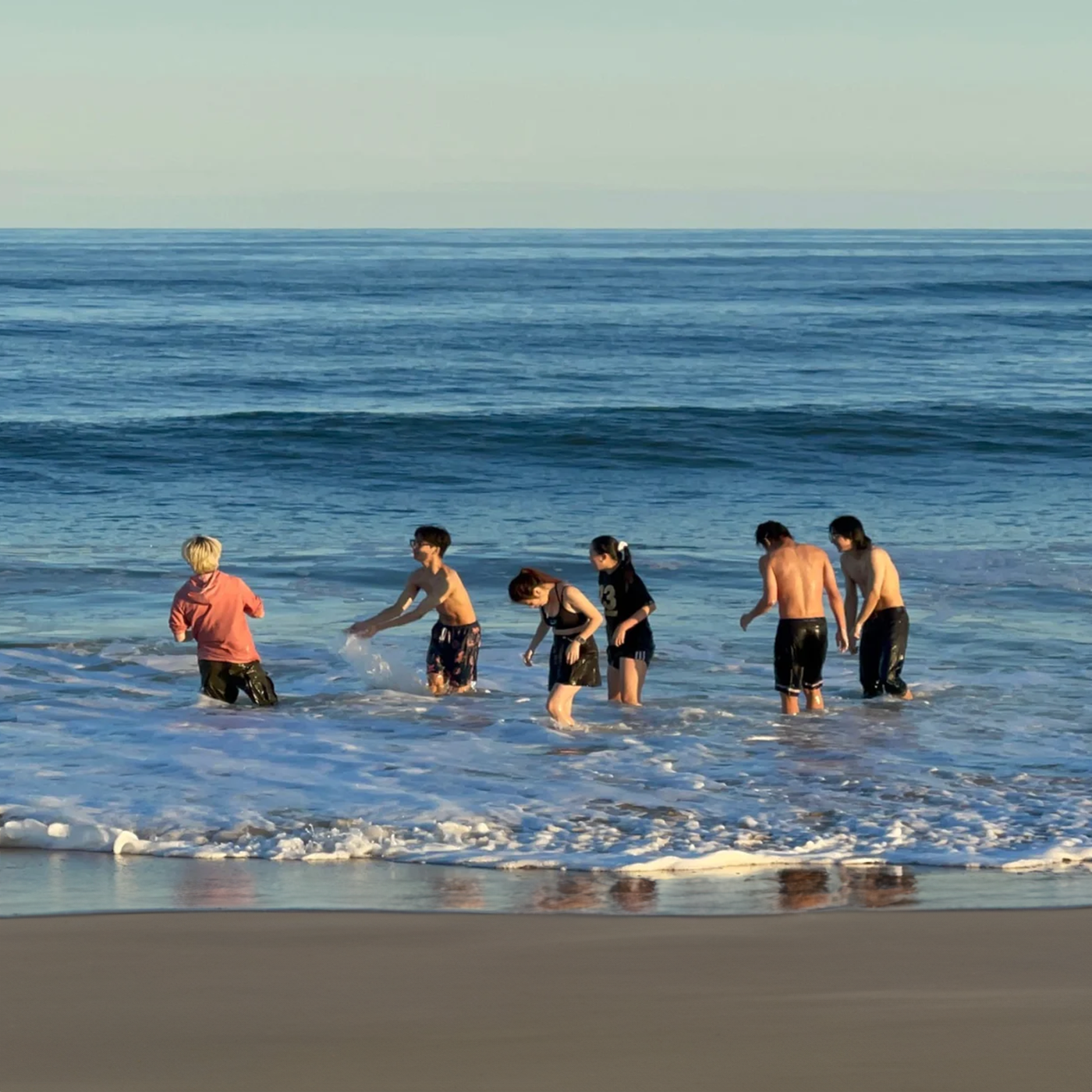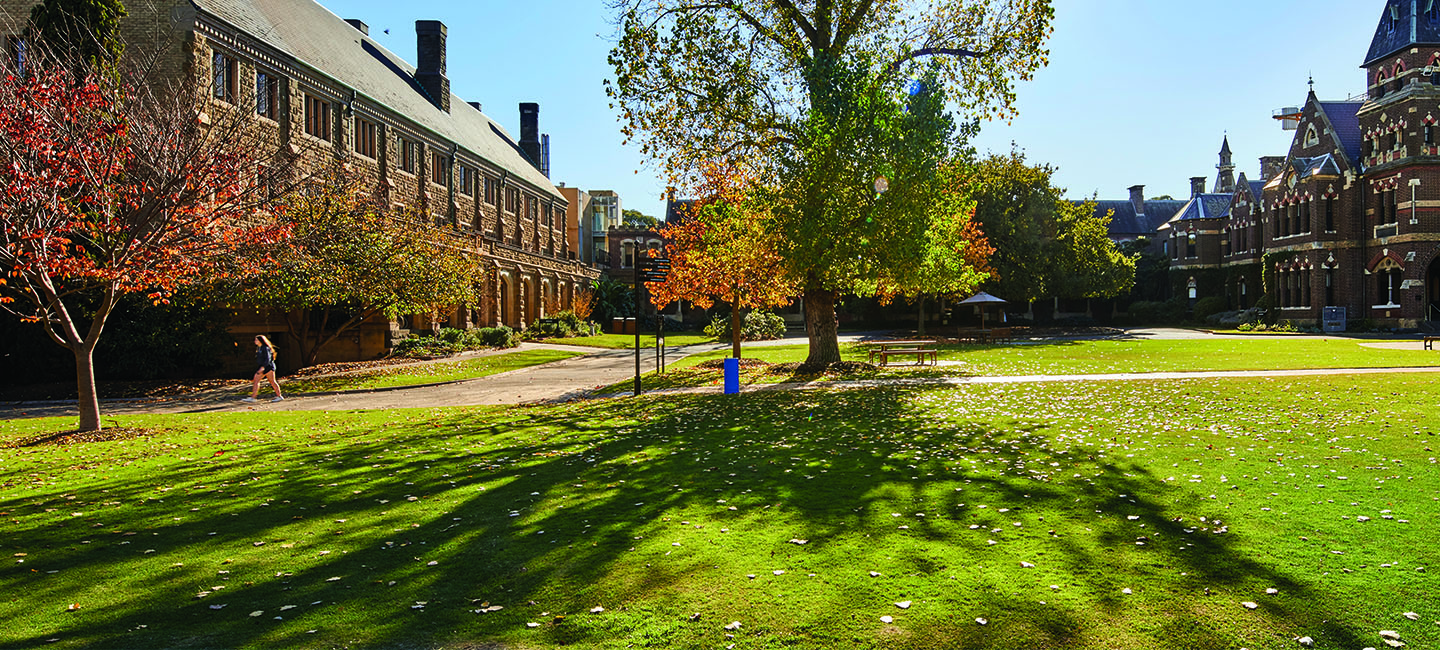

Vern Lee (TCFS 2006) is a project engineer working on the Metro Tunnel project in Melbourne’s CBD. He’s a chartered engineer and has been involved in the Metro Tunnel project since 2018, working for John Holland, one of Australia’s largest construction companies.
Vern studied civil/structural engineering at the University of Melbourne, and, after graduating in 2011, worked as a structural design engineer for an American company specialising in tunnels and underground structure engineering. He has since worked on a number of tunnelling projects in Australia, New Zealand and the Americas.
1. Tunnel engineers are specialised civil engineers
Tunnel engineering is a specialised subset of the civil engineering field and is primarily a hybrid of geotechnical and structural engineering. A tunnel engineer has a deep understanding of different types of ground (soil/rock), the ground’s behaviour, and the interaction between the ground and the structure that is built inside.
A tunnel engineer develops engineering solutions to safely excavate and support the ground and the structure to be built inside the tunnel – e.g. underground stations and road tunnels, which generally have a design life of 100 years!
2. Tunnelling is critical for a growing country like Australia
In a nation where the urban environment is becoming more congested with developments, residential buildings and commercial towers, real estate becomes a premium. Tunnels are viable solutions to allow connections within urban areas with minimal impact to the existing above-ground structures, which reduces interruption to businesses and residents, and preserves the natural environment such as parklands and rivers.
3. Tunnels are used for many things and are built in many ways
Tunnels are commonly used for urban infrastructure like railways and roads, natural resource mining, and hydropower.
A tunnel can be constructed in many ways, such as conventional ‘mined tunnels’, where the ground is excavated using large machines digging underground, such as the tunnel boring machine or ‘cut and cover’, where the ground is dug from the surface level and a structure built from the bottom, then buried, and then reinstated back to ground level, or ‘drill and blast’, where explosives are used to blast the rock in a controlled manner.
4. There’s a lot of satisfaction in being part of a mega project
The beauty of being a tunnel engineer is that you get to see the process of how the underground space is created. The scale of these mega projects is almost unimaginable, no matter how much experience you have.
At each step of the process, design engineers and construction teams work around the clock to execute the works safely, efficiently, economically and sustainably.
Tunnel projects are costly due to the complexity and risks involved in the design and construction. These projects require significant funding and may not come around frequently. However, we are extremely fortunate in Australia that there is currently a healthy pipeline of upcoming tunnel projects around the country.
5. Tunnelling improves lives
Infrastructure tunnel projects are mega projects that usually takes between 5-10 years to build and will be used for many generations to come. Infrastructure tunnels improve connectivity between places, reduce travel time, and provide a more efficient and safer travel environment. This leaves people with more time to spend on themselves or with their families and friends, and hence leads to an improved lifestyle.
Thinking about entering the tunnel engineering field? Here are Vern’s top tips. 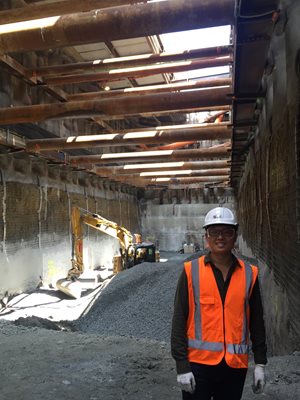
Tunnel engineering is not generally offered as a course at university. Rather, the specialised skillset is developed through work experience with a good mentor that will show you the ropes.
You are not expected to know everything coming out of uni, and the key is to have a good attitude, respect, and a willingness to learn, and to make the most of all the opportunities presented to you. Good organisations have checks and balances in their processes to ensure engineering designs are thoroughly reviewed before they are submitted. Asking questions is the best way of learning.
Do not be afraid to roll up your sleeves and get your boots dirty during the early stages of your career. A good engineer needs a balance of practical and analytical skills.
Related News
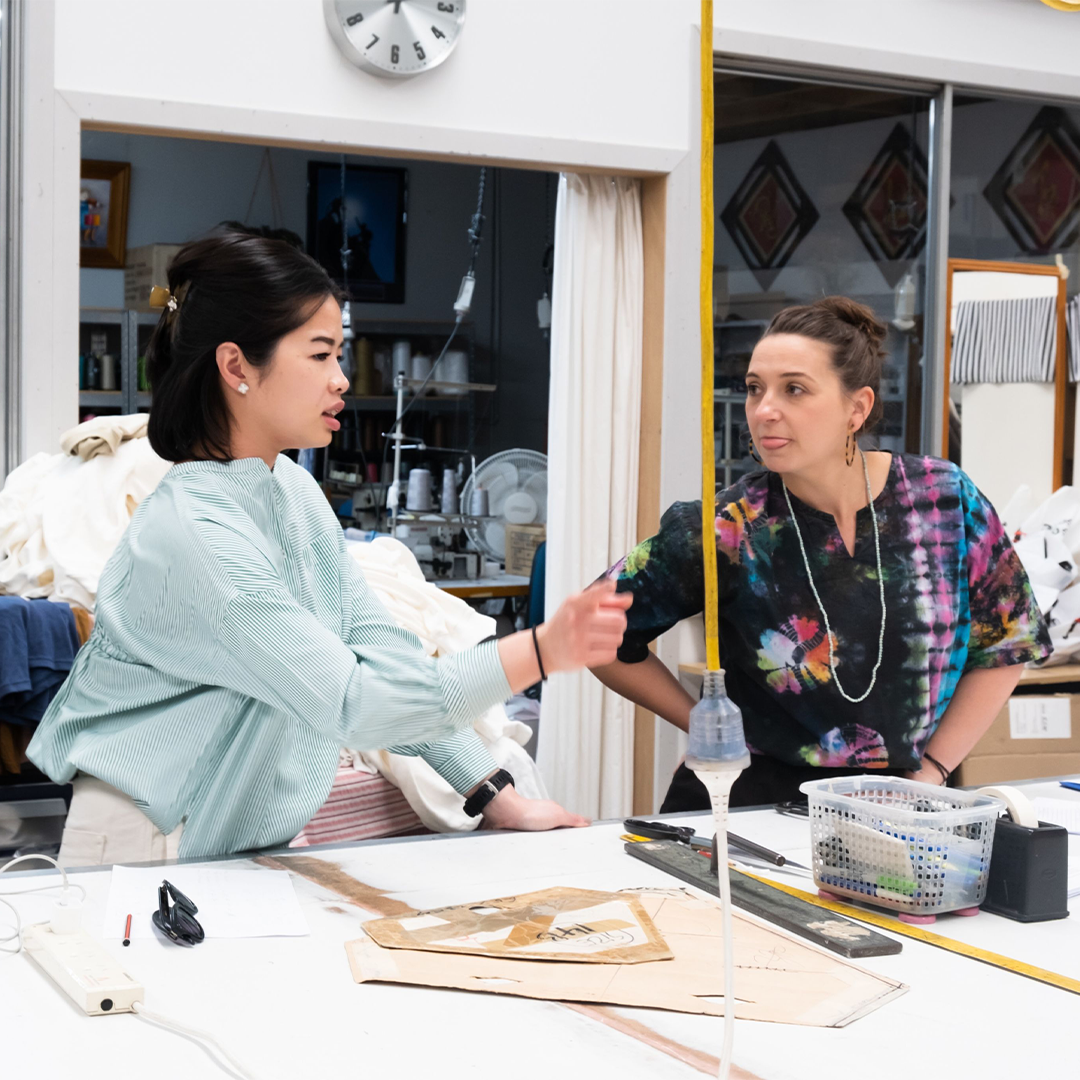
Quality over quantity: the environmental impact of our clothes

From little things: Trinity community members share their successful business strategies

Meet FS teacher Kristin Vestermark

What's it like for an international student in Melbourne?
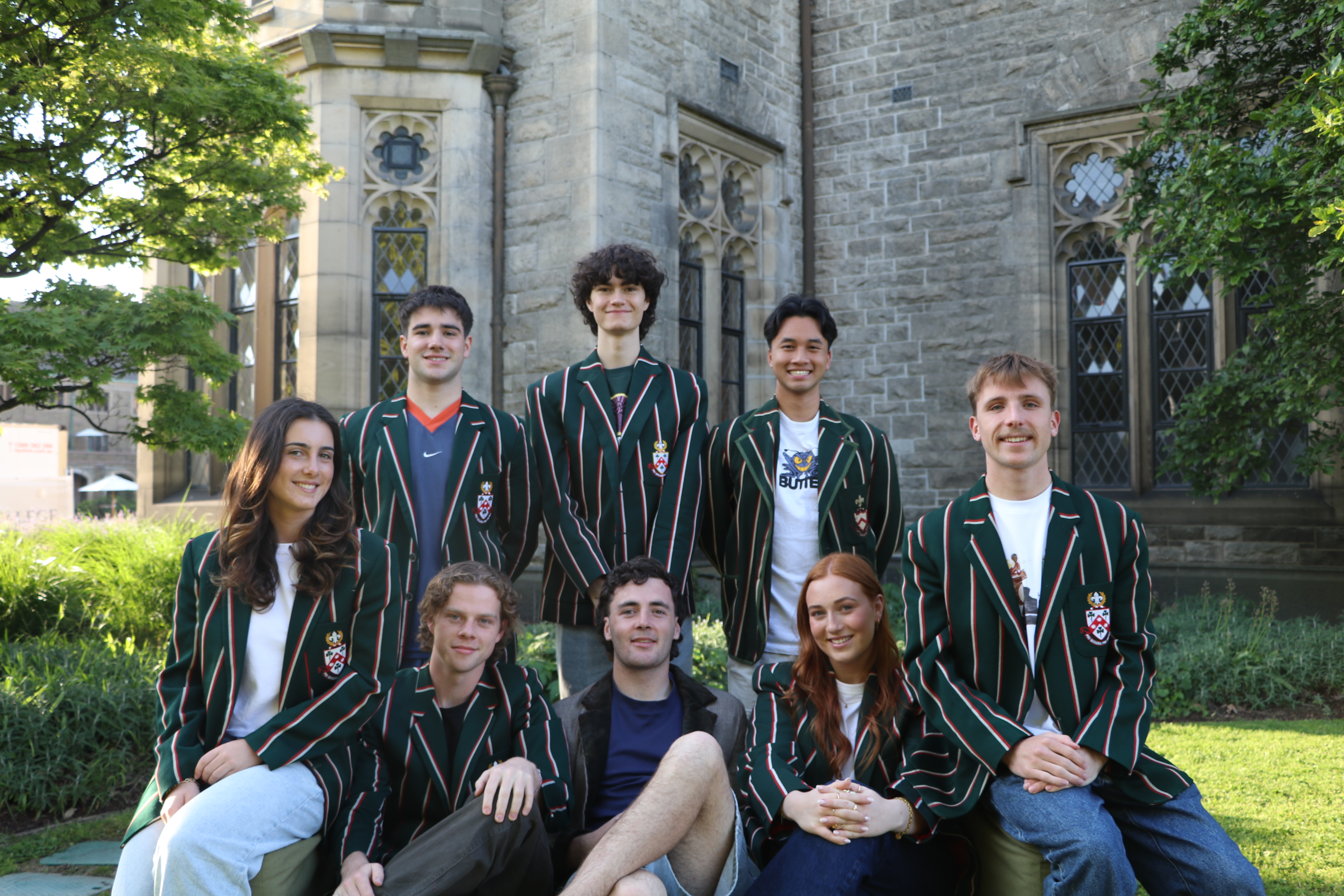
Meet our TCAC student committee for 2025

Nakata Brophy winner announced
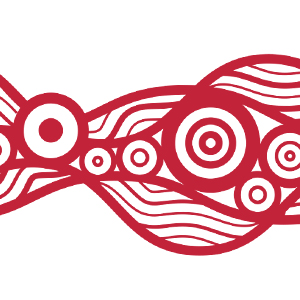
Nakata Brophy shortlist announced

The fascinating story behind our latest exhibition: Tais, culture & resilience

Residential College student Ravin Desai shares his passion for politics and journey at Trinity
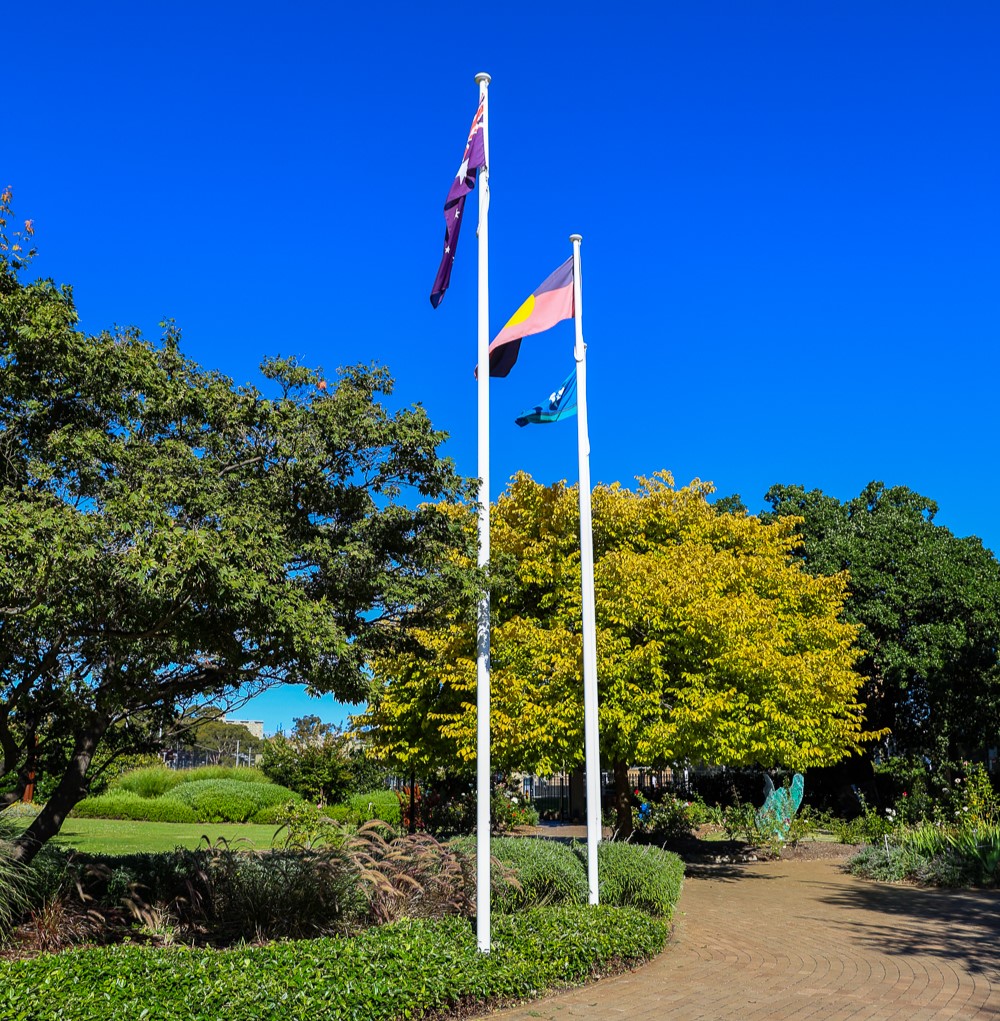
Nakata Brophy 'longlist' announced
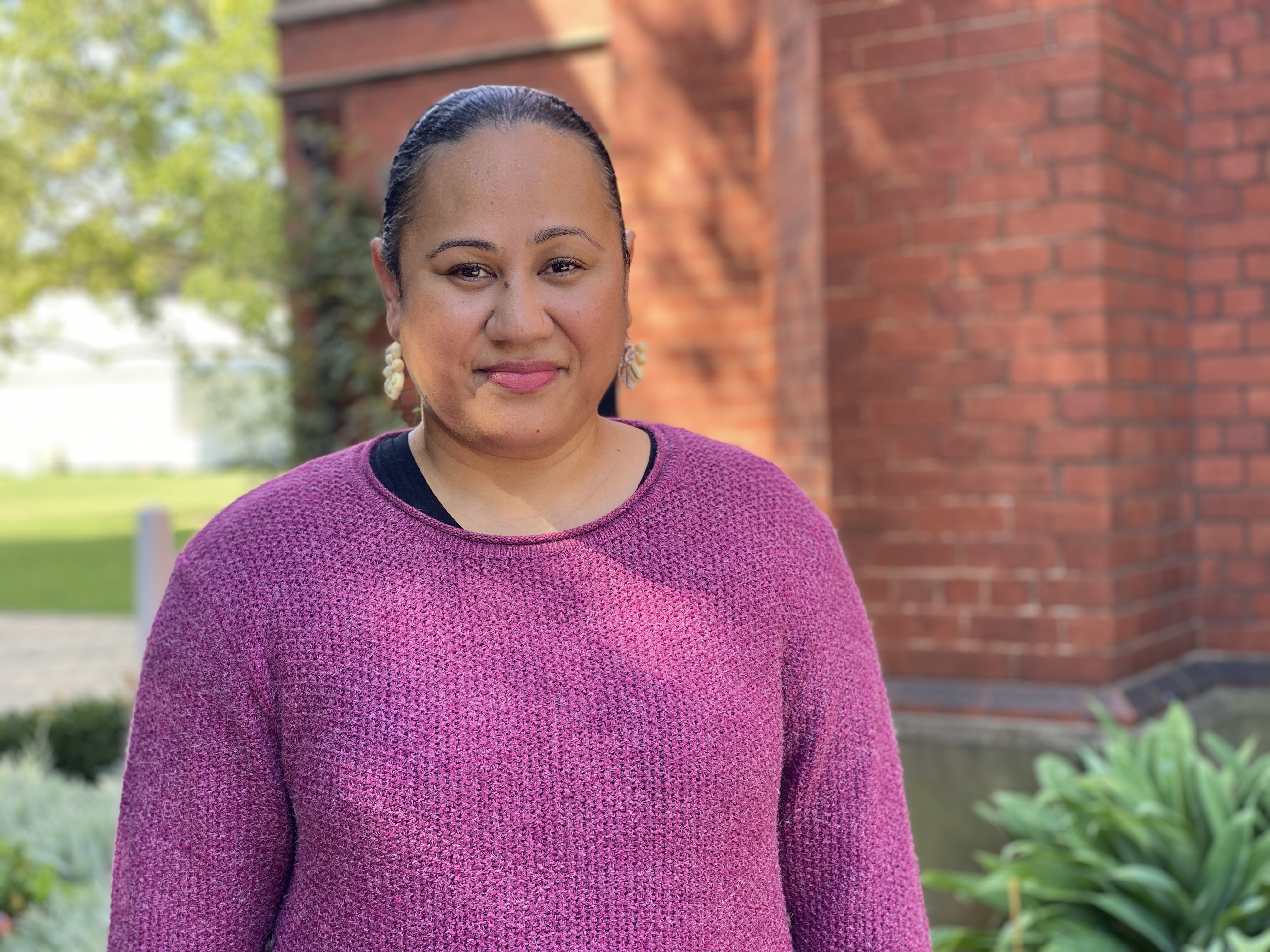
Meet Mariana Waqa, the accidental theological scholar
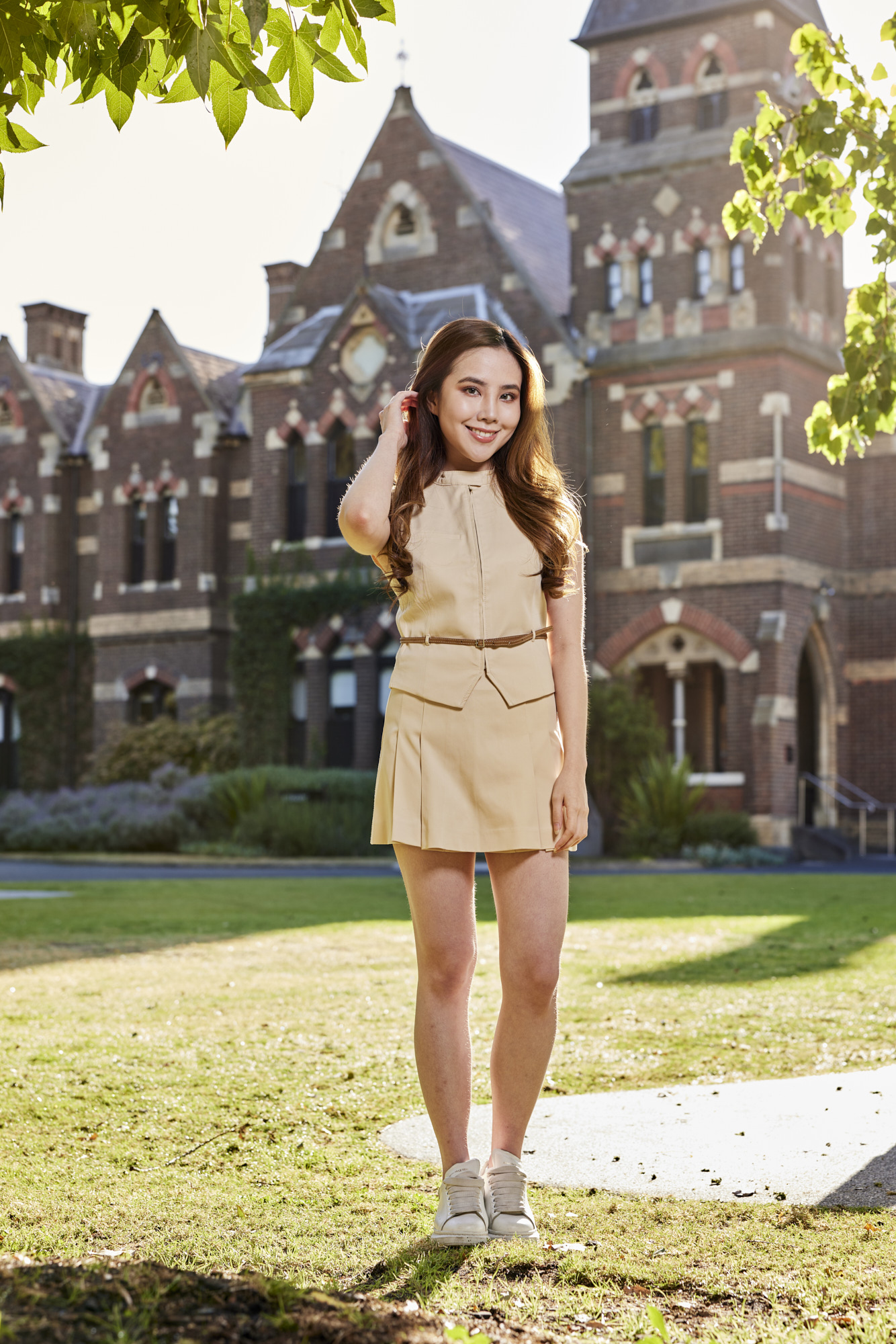
Meet Agatha Chelsea – Indonesian superstar and Trinity College graduate
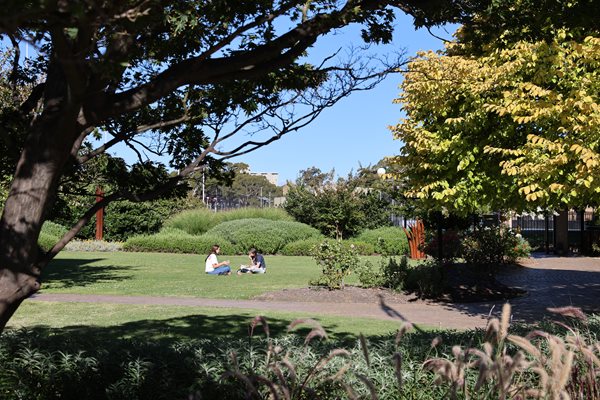
Learn about the Wellbeing and Inclusivity Committee at Trinity

Meet Michael Dharmawan, a Trinity Foundation Studies dux in 2024

From Albury to Melbourne: Rosie Bradford's story

Foundation Studies alum Rachel Hongxun Zhou

From Foundation Studies to the Residential College to Oxford: Xinran’s story

Meet visiting professors Emeritus Dr Dagmar and Dr Jürgen Eichberger

From the surf coast to Melbourne
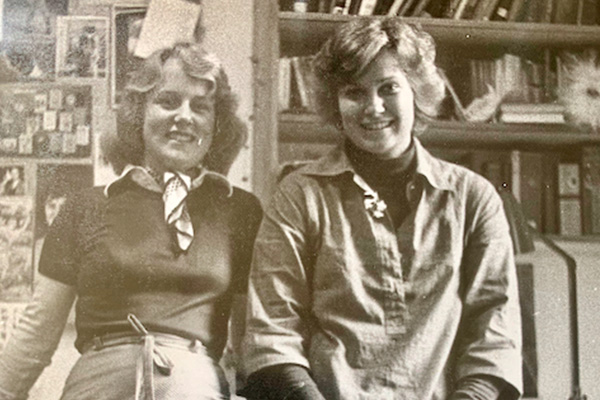
1974 vs 2024 for a woman at Trinity: what’s changed and what’s stayed the same?

Meet past FS student Yuxuan Li

King's Birthday Honours 2024

Meet Paul Oslington, Trinity alum and Director of the St James’ Institute, Sydney

Meet Nakata Brophy prize winner Jasmin McGaughey

Meet Foundation Studies student Gabriella Sim

Anzac Day 2024 – Trinity stories

Meet Foundation Studies student Hanadi Alabdouli

Meet Foundation Studies student Miguel Valmayor

Guest preacher Chris Mulherin on the intersection of science and religion
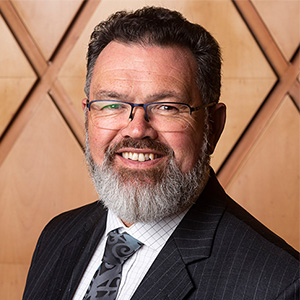
Meet visiting professor the Hon Justice Joe Williams
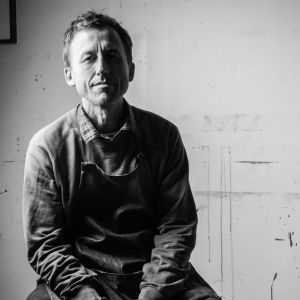.jpg?width=300&height=300&ext=.jpg)
Visit David Frazer's new exhibition: All that you've loved

Pioneering women and the story of Janet Clarke Hall
.jpg?width=300&height=300&ext=.jpg)
Meet Gemma and Frederik Le Mesurier

A love story for Valentine’s Day: Matt Hargreaves and Kirsten Callander
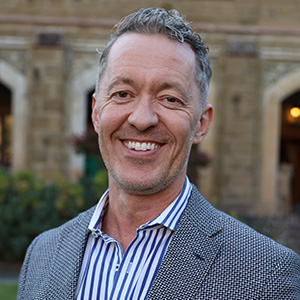
Announcing our 2024 Alum of the Year

Meet economics teacher Tharushi Nissanka

Meet maths teacher Hao Weng

Charmaine Yee named our 2023 FS Alum of the Year
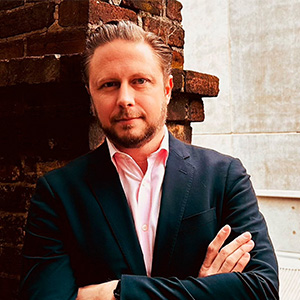
Meet English lecturer Jake Breaux

Meet English teacher Catherine Roberts

The work of visiting professor Justice Janak De Silva

Moving to Trinity from overseas: Katie's story

Meet visiting professor Ron Paterson

Meet Admissions Coordinator Wendy Ngaturi
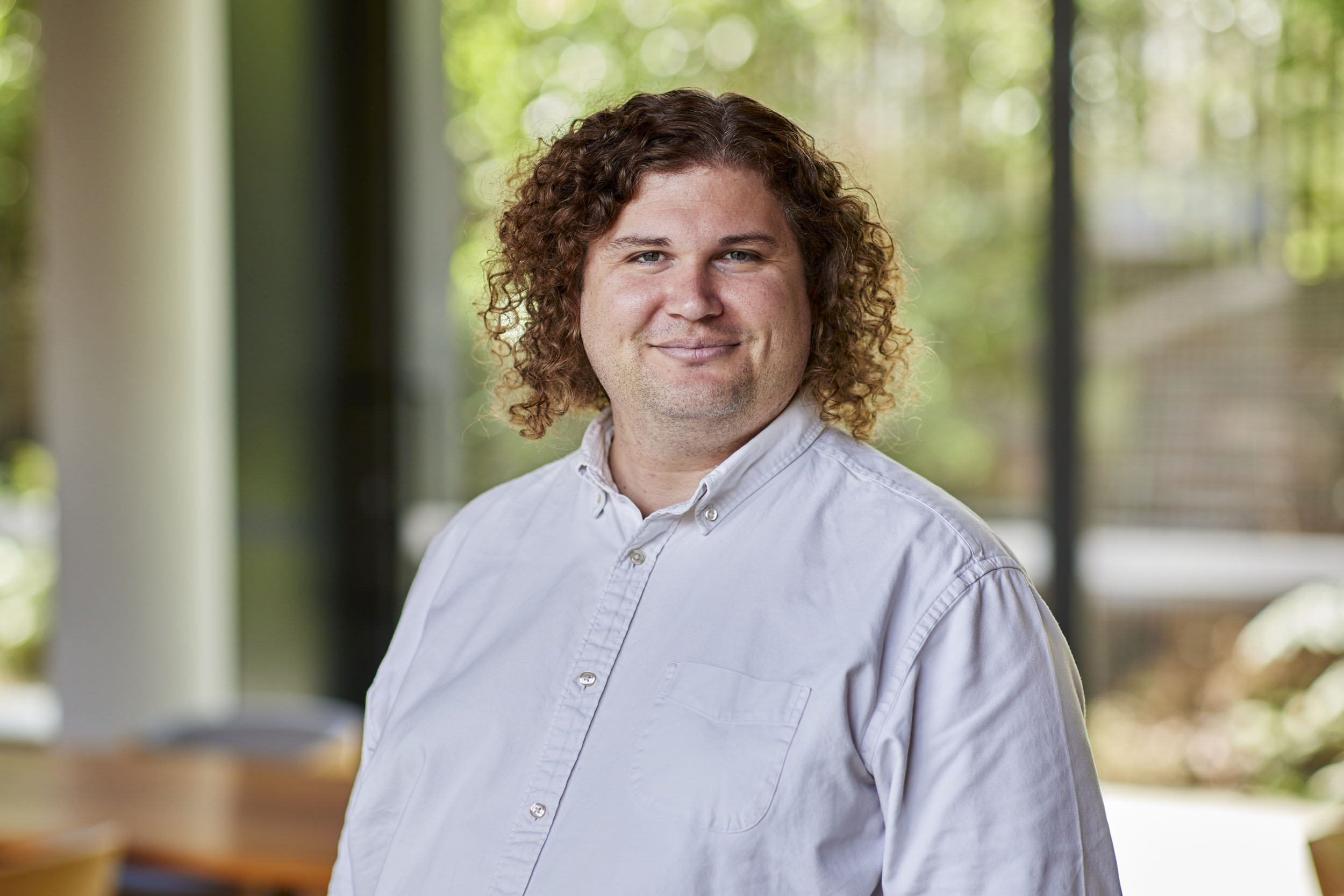
Meet Academic Programs Manager Michael Pickering
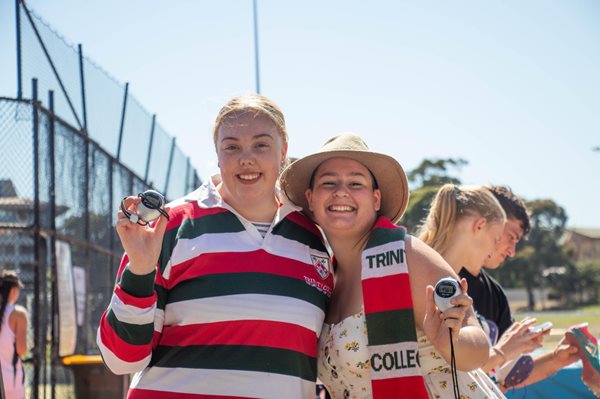
Kate Beggs’s journey from the Great Ocean Road to the heart of Melbourne city

Pursuing a creative passion: from Trinity to Edinburgh to New York
